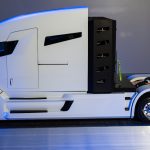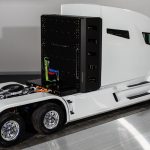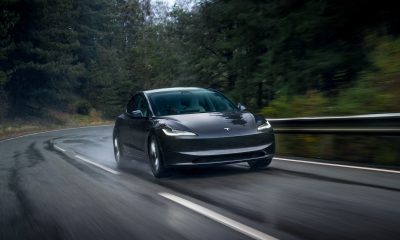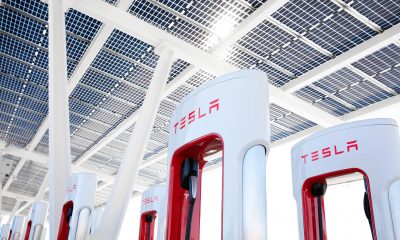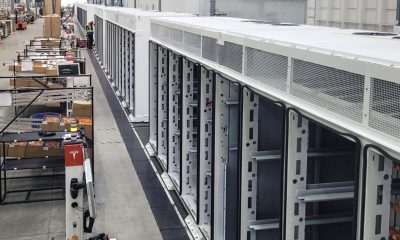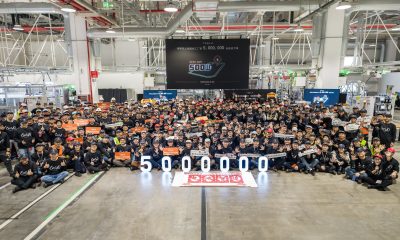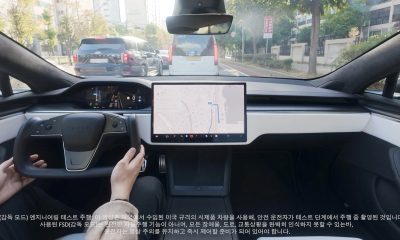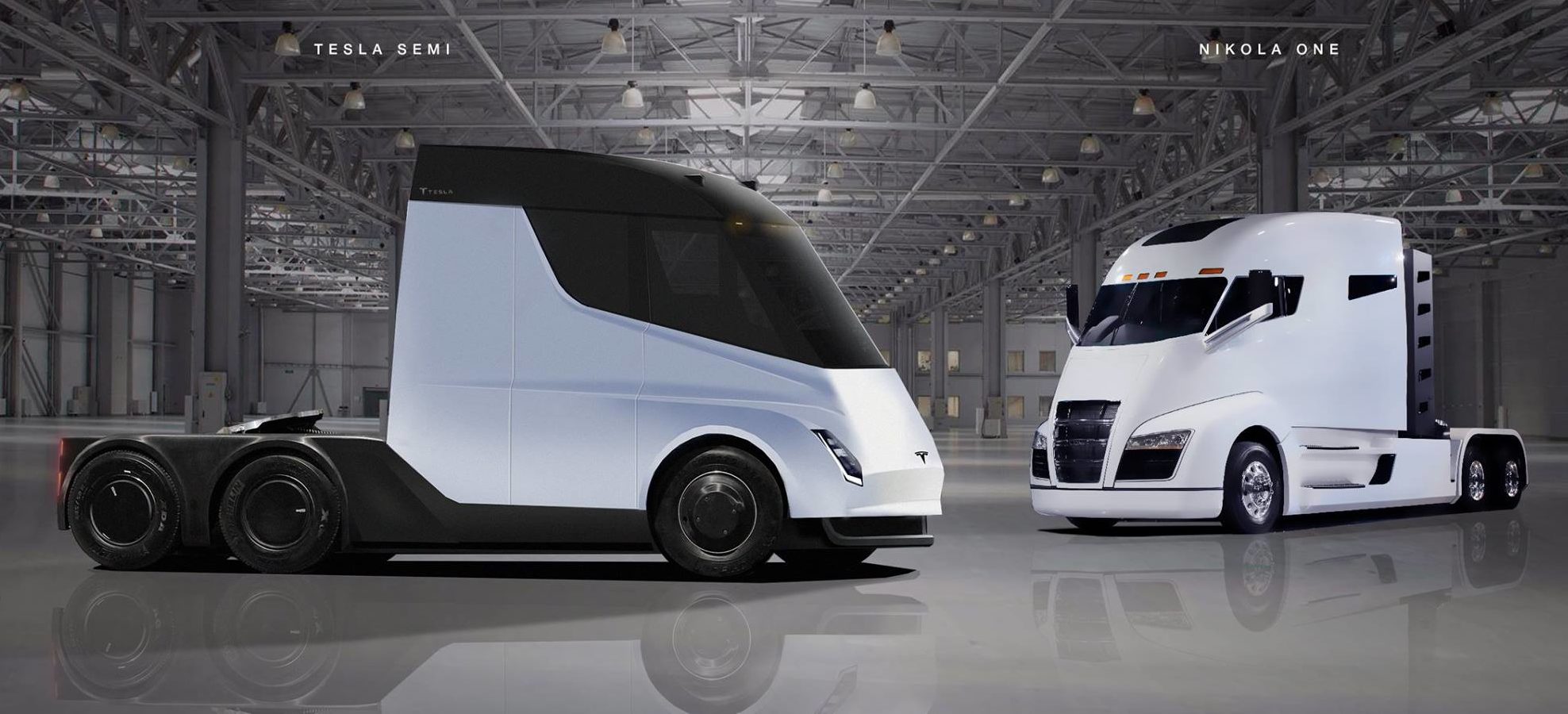
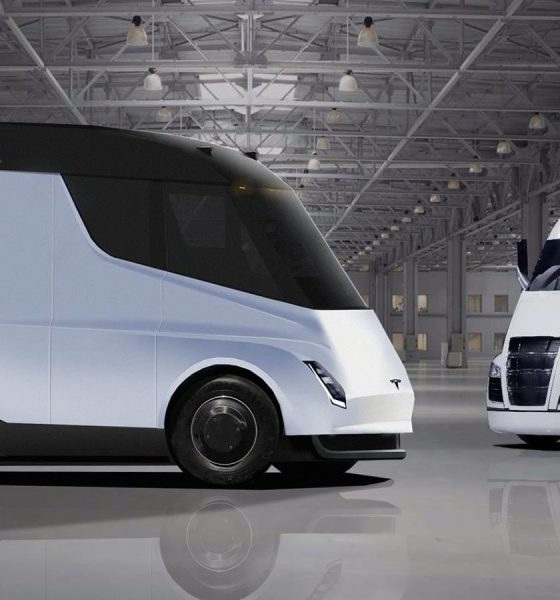
News
Tesla Semi rival Nikola dubs future fleet as US’ ‘largest air purifiers’ amid hiring ramp
As the Tesla Semi continues to undergo real-world testing in preparation for its initial production in 2019, rival startup company Nikola Motor has claimed that its future fleet will be the United States’ “largest air purifiers,” thanks to their hydrogen fuel cell systems. Nikola’s announcement comes amidst the company’s current initiatives to ramp its hiring activities for its facilities in Arizona.
No stranger to bold declarations on Twitter, Nikola noted that due to its vehicles’ hydrogen fuel cell system, its fleet of trucks would be able to clean the air as they drive across America. In a later tweet, the trucking startup also assured its social media followers that it does not use methane to produce hydrogen. Rather, it utilizes a combination of solar, wind, and hydropower to make the hydrogen needed to power its upcoming fleet.
Why do we like hydrogen so much? The Nikola fleet will be one of the largest air purifiers in America one day. Imagine 500,000 Nikola trucks driving in cities across America sucking in dirty air and emitting nothing but clean water. #emissionsgameover #dieselisdead
— Nikola Corporation (@nikolamotor) October 24, 2018
A following tweet from the company also gave a first look at the fuel cell that would be used for the Nikola One sleeper semi-trailer, as well as the Nikola Two daycab. The trucking startup and budding Tesla Semi rival further noted that a Nikola truck would have two 120 kW systems, which should provide its trucks with a considerable degree of power.
What an awesome Nikola fuel cell. This is the 120kW running through tests. Each truck has 2 X 120 KW systems. Get ready for some big news coming in the following days as promised. This thing rocks and we can't wait for the world to see it in action. pic.twitter.com/rLKx8oF8pM
— Nikola Corporation (@nikolamotor) October 29, 2018
Recent reports have further revealed that Nikola is starting to ramp its hiring as it prepares to start producing its highly-anticipated hydrogen-electric truck. Since moving to the Phoenix area from Utah in July, the company has employed about 70 people in Chandler as it constructs its new headquarters in Phoenix. By the end of the year, Nikola aims to have 100 employees, and by the end of 2019, the trucking startup is seeking to employ about 200 workers.
Nikola Motor chief legal officer Britton Worthen noted in a statement to AZ Central that it expects to break ground on its planned 1 million-square-foot manufacturing plant in Coolidge, AZ, in about two years. At a talk on Friday, the Nikola executive pointed out to Pinal County economic development officials that the upcoming facility would be complete in about five years. Over this time, Nikola also plans to start the expansion of its hydrogen fueling stations, which the company expects will be the ‘largest energy consumer’ in the US within the next ten years.
Nikola Motors is no stranger to bold statements. Earlier this year, the company announced that it would be refunding all the reservations it received for the Nikola One and Nikola Two. Seemingly throwing shade at Tesla, the trucking startup further noted that it does not “use (customers’) money to operate (its) business.” Nikola has declared that it currently has $11 billion in pre-production orders as well.
- The Nikola One
- The Nikola One.
- Credit: Nikola Motor
The Nikola One hydrogen-electric truck.
Over the past few months, though, Nikola started to adopt a more aggressive stance against Tesla. Earlier this year, the company filed a $2 billion lawsuit against the electric car maker, claiming that the Tesla Semi violated its design patents for the Nikola One. In its lawsuit, the trucking startup alleged that the Tesla Semi copied the Nikola One’s wraparound windshield, mid-entry door, front fenders, and the electric truck’s aerodynamic body. Furthermore, the trucking startup claimed that the similar designs of the Semi and the One puts its reputation at risk, since Tesla has had “problems with its batteries starting fires and its autonomous features causing fatal accidents.”
Nikola’s patent lawsuit met a notable roadblock in August, though, as the US Patent Office granted Tesla its own design patents for the Tesla Semi, with the US patent examiner even using the Nikola One as a comparison point for the all-electric long-hauler. Thus, if Nikola chooses to pursue its case against Tesla, it would have to prove that the US patent examiner made a mistake. Such a feat is very challenging to accomplish.
Its legal moves against Tesla aside, Nikola is nonetheless setting the stage of a grand, three-day event in April 2019, which would feature the unveiling of the pre-production models of its hydrogen-electric trucks. A 2.3-megawatt hydrogen fueling station, which would serve as a model for the company’s upcoming network of H2 refilling stations, is also expected to be unveiled.

News
Tesla teases new market entrance with confusing and cryptic message

Tesla teased its entrance into a new market with a confusing and what appeared to be cryptic message on the social media platform X.
The company has been teasing its entrance into several markets, including Africa, which would be a first, and South America, where it only operates in Chile.
In September, Tesla started creating active job postings for the Colombian market, hinting it would expand its presence in South America and launch in a new country for the first time in two years.
The jobs were related to various roles, including Associate Sales Manager, Advisors in Sales and Delivery, and Service Technicians. These are all roles that would indicate Tesla is planning to launch a wide-scale effort to sell, manage, and repair vehicles in the market.
Last night, Tesla posted its latest hint, a cryptic video that seems to show the outline of Colombia, teasing its closer than ever to market entry:
— Tesla North America (@tesla_na) November 12, 2025
This would be the next expansion into a continent where it does not have much of a presence for Tesla. Currently, there are only two Supercharger locations on the entire continent, and they’re both in Chile.
Tesla will obviously need to expand upon this crucial part of the ownership experience to enable a more confident consumer base in South America as a whole. However, it is not impossible, as many other EV charging infrastructures are available, and home charging is always a suitable option for those who have access to it.
Surprisingly, Tesla seems to be more concerned about these middle-market countries as opposed to the larger markets in South America, but that could be by design.
If Tesla were to launch in Brazil initially, it may not be able to handle the uptick in demand, and infrastructure expansion could be more difficult. Brazil may be on its list in the upcoming years, but not as of right now.
@teslarati 🚨🚨 Tesla Full Self-Driving and Yap is the best driving experience #tesla #fsd #yapping ♬ I Run – HAVEN.
News
Tesla expands crucial Supercharging feature for easier access
It is a useful tool, especially during hours of congestion. However, it has not been super effective for those who drive non-Tesla EVs, as other OEMs use UI platforms like Google’s Android Auto or Apple’s iOS.
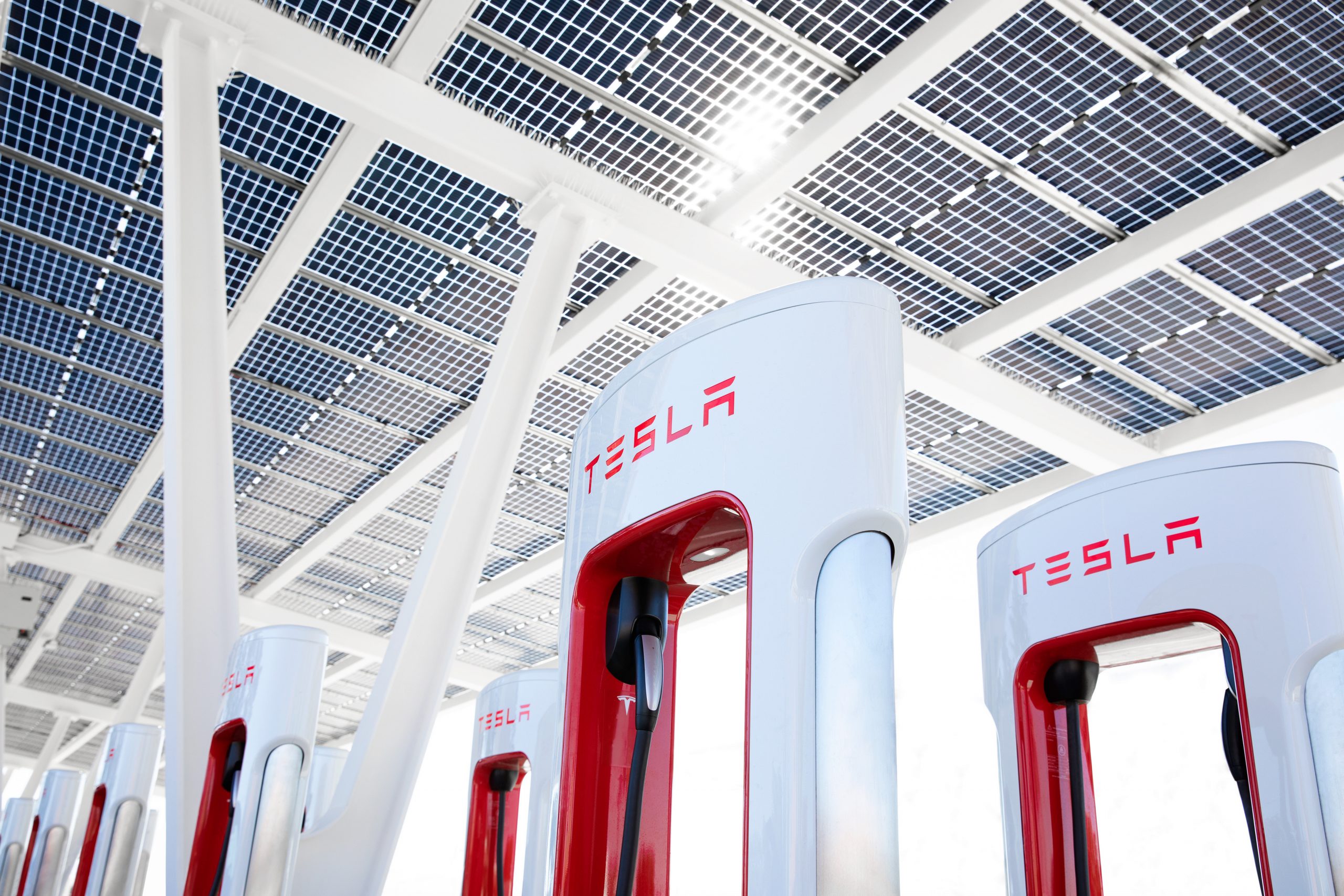
Tesla has expanded a crucial Supercharging feature that helps owners identify stall availability at nearby locations.
Tesla said on Tuesday night that its “Live Availability” feature, which shows EV owners how many stalls are available at a Supercharger station, to Google Maps, a third-party app:
Live availability of Superchargers now in Google Maps pic.twitter.com/DJvS83wVxm
— Tesla Charging (@TeslaCharging) November 11, 2025
Already offering it in its own vehicles, the Live Availability feature that Teslas have is a helpful feature that helps you choose an appropriate station with plugs that are immediately available.
A number on an icon where the Supercharger is located lets EV drivers know how many stalls are available.
It is a useful tool, especially during hours of congestion. However, it has not been super effective for those who drive non-Tesla EVs, as other OEMs use UI platforms like Google’s Android Auto or Apple’s iOS.
Essentially, when those drivers needed to charge at a Supercharger that enables non-Tesla EVs to plug in, there was a bit more of a gamble. There was no guarantee that a plug would be available, and with no way to see how many are open, it was a risk.
Tesla adding this feature allows people to have a more convenient and easier-to-use experience if they are in a non-Tesla EV. With the already expansive Supercharger Network being available to so many EV owners, there is more congestion than ever.
This new feature makes the entire experience better for all owners, especially as there is more transparency regarding the availability of plugs at Supercharger stalls.
It will be interesting to see if Tesla is able to expand on this new move, as Apple Maps compatibility is an obvious goal of the company’s in the future, we could imagine. In fact, this is one of the first times an Android Auto feature is available to those owners before it became an option for iOS users.
Apple owners tend to get priority with new features within the Tesla App itself.
Elon Musk
Elon Musk’s Boring Co goes extra hard in Nashville with first rock-crushing TBM
The Boring Company’s machine for the project is now in final testing.
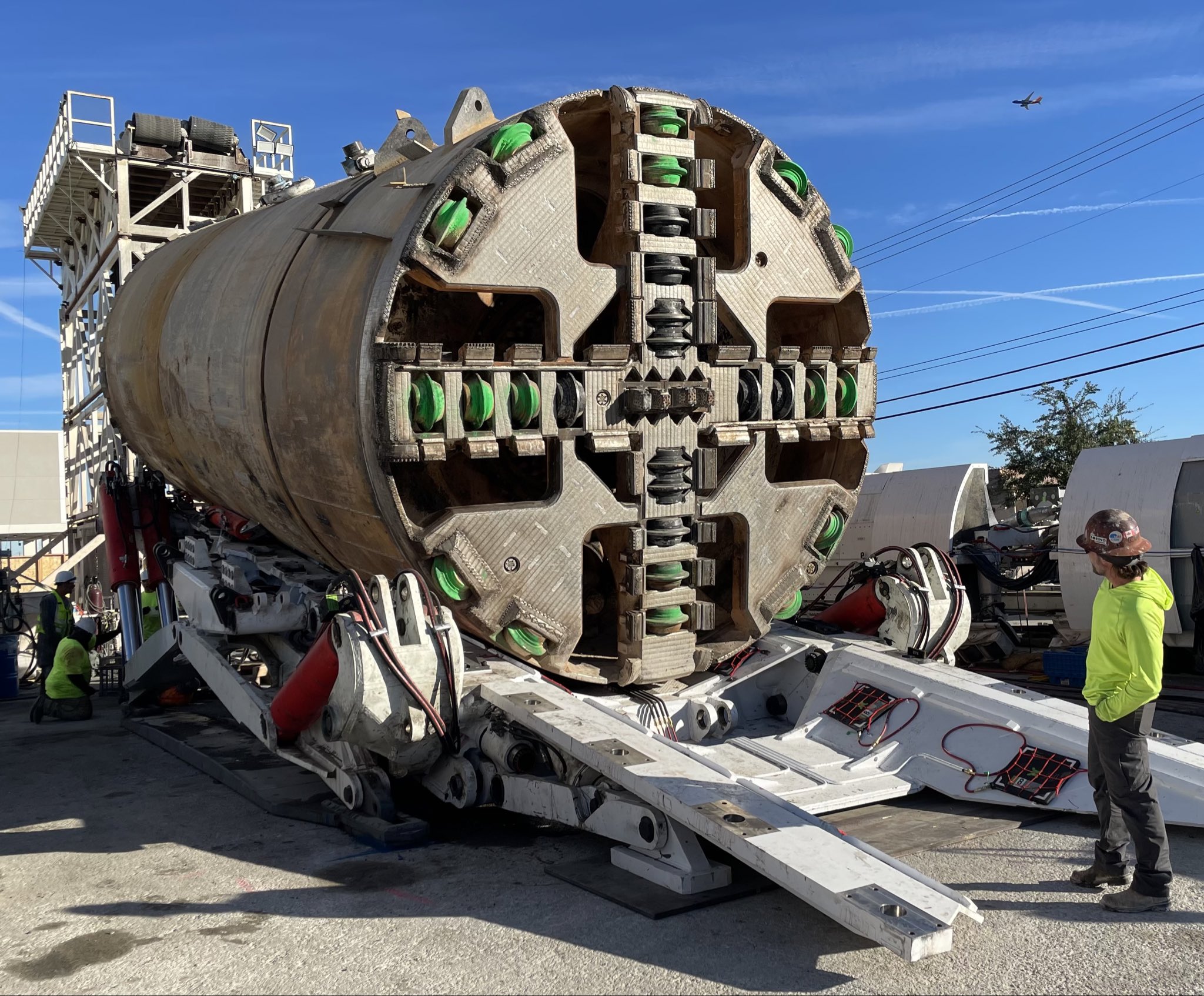
The Boring Company is gearing up to tackle one of its toughest projects yet, a new tunnel system beneath Nashville’s notoriously tough limestone terrain. Unlike the soft-soil conditions of Las Vegas and Austin, the Music City Loop will require a “hard-rock” boring machine capable of drilling through dense, erosion-resistant bedrock.
The Boring Company’s machine for the project is now in final testing.
A boring hard-rock tunneling machine
The Boring Company revealed on X that its new hard-rock TBM can generate up to 4 million pounds of grip force and 1.5 million pounds of maximum thrust load. It also features a 15-filter dust removal system designed to keep operations clean and efficient during excavation even in places where hard rock is present.
Previous Boring Co. projects, including its Loop tunnels in Las Vegas, Austin, and Bastrop, were dug primarily through soft soils. Nashville’s geology, however, poses a different challenge. Boring Company CEO and President Steve Davis mentioned this challenge during the project’s announcement in late July.
“It’s a tough place to tunnel, Nashville. If we were optimizing for the easiest places to tunnel, it would not be here. You have extremely hard rock, like way harder than it should be. It’s an engineering problem that’s fairly easy and straightforward to solve,” Davis said.
Nashville’s limestone terrain
Experts have stated that the city’s subsurface conditions make it one of the more complex tunneling environments in the U.S. The Outer Nashville Basin is composed of cherty Mississippian-age limestone, a strong yet soluble rock that can dissolve over time, creating underground voids and caves, as noted in a report from The Tennessean.
Jakob Walter, the founder and principal engineer of Haushepherd, shared his thoughts on these challenges. “Limestone is generally a stable sedimentary bedrock material with strength parameters that are favorable for tunneling. Limestone is however fairly soluble when compared to other rack materials, and can dissolve over long periods of time when exposed to water.
“Unexpected encounters with these features while tunneling can result in significant construction delays and potential instability of the excavation. In urban locations, structures at the ground surface should also be constantly monitored with robotic total stations or similar surveying equipment to identify any early signs of movement or distress,” he said.
-

 News5 days ago
News5 days agoTesla shares rare peek at Semi factory’s interior
-

 Elon Musk5 days ago
Elon Musk5 days agoTesla says texting and driving capability is coming ‘in a month or two’
-

 News4 days ago
News4 days agoTesla makes online ordering even easier
-

 News4 days ago
News4 days agoTesla Model Y Performance set for new market entrance in Q1
-

 News5 days ago
News5 days agoTesla Cybercab production starts Q2 2026, Elon Musk confirms
-

 News5 days ago
News5 days agoTesla China expecting full FSD approval in Q1 2026: Elon Musk
-

 News6 days ago
News6 days agoTesla Model Y Performance is rapidly moving toward customer deliveries
-
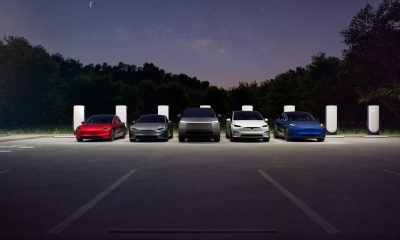
 News3 days ago
News3 days agoTesla is launching a crazy new Rental program with cheap daily rates
